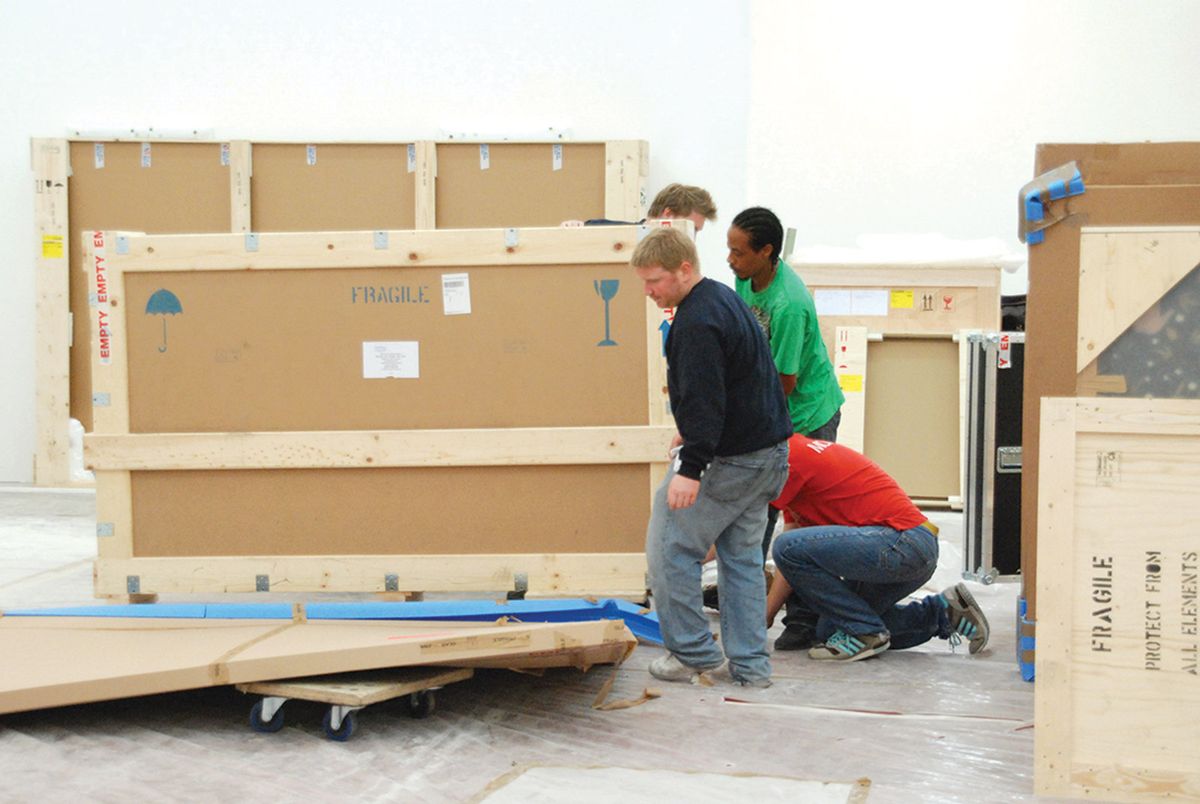As the art world continues to grow, so too does the professionalisation of the field, transforming the commercial gallery landscape at every level.
“The big galleries figure out the models… then everyone follows,” says Sarah Murkett, the co-founder of Murk & Co recruitment, adding that investment in the digital marketplace is notable. Gagosian’s recent hire of the Artsy co-founder Sebastian Cwilich as an advisor supports this observation, as does Elena Soboleva’s defection from Artsy to David Zwirner in 2018 to head up a new online sales department.
For smaller galleries, however, pure survival requires a level of knowledge that was not always necessary when rents were cheaper and the barrier to entry was lower in larger cities like New York and London.
Laura Saenz of the contemporary Latin American gallery ProxyCo, says she and her partner Alexandra Morris conducted extensive market analysis before opening in 2017. “We made a business plan and tried to think of everything,” she says, adding that “consistency” is key to developing a market for undervalued artists. From finding investors to sourcing artists and staff, and from developing an exhibition schedule to mapping out a marketing strategy, starting the gallery was like launching a start-up.
Growth in gallery labour forces has engendered a number of professional organisations to set industry standards, Working Artists in the Greater Economy (Wage), New Art Dealers Alliance (Nada) and the Art Dealers Association of America (ADAA) among them.
But this has not ensured progress in professionalism across the board. A series of articles exploring the work environments of art handlers published by Hyperallergic last month found that neither the ADAA nor Nadahave specific guidelines pertaining to the hiring, firing and training of specialised staffers like handlers.
“We are in a very fluid regulatory environment right now, and we need to do everything that we can to educate all our members on those changes,” the president of the ADAA, Andrew Schoelkopf, says of the organisation’s role in promoting the “highest standards” in ethical business practice. “The difficulty is how complex much of these changes have been… it is an industry in motion right now.”
Murkett notes that 21st-century business is changing writ large. “The solutions will be particular to the art world, but the problem isn’t,” she says.


